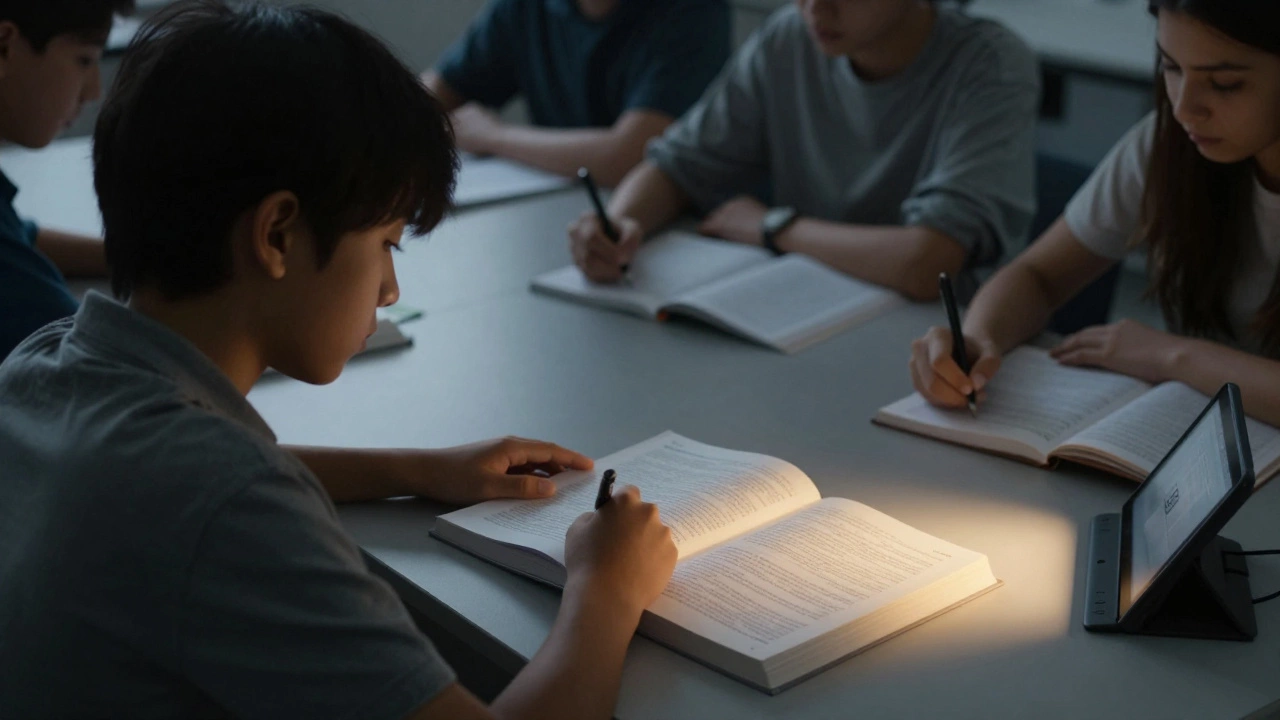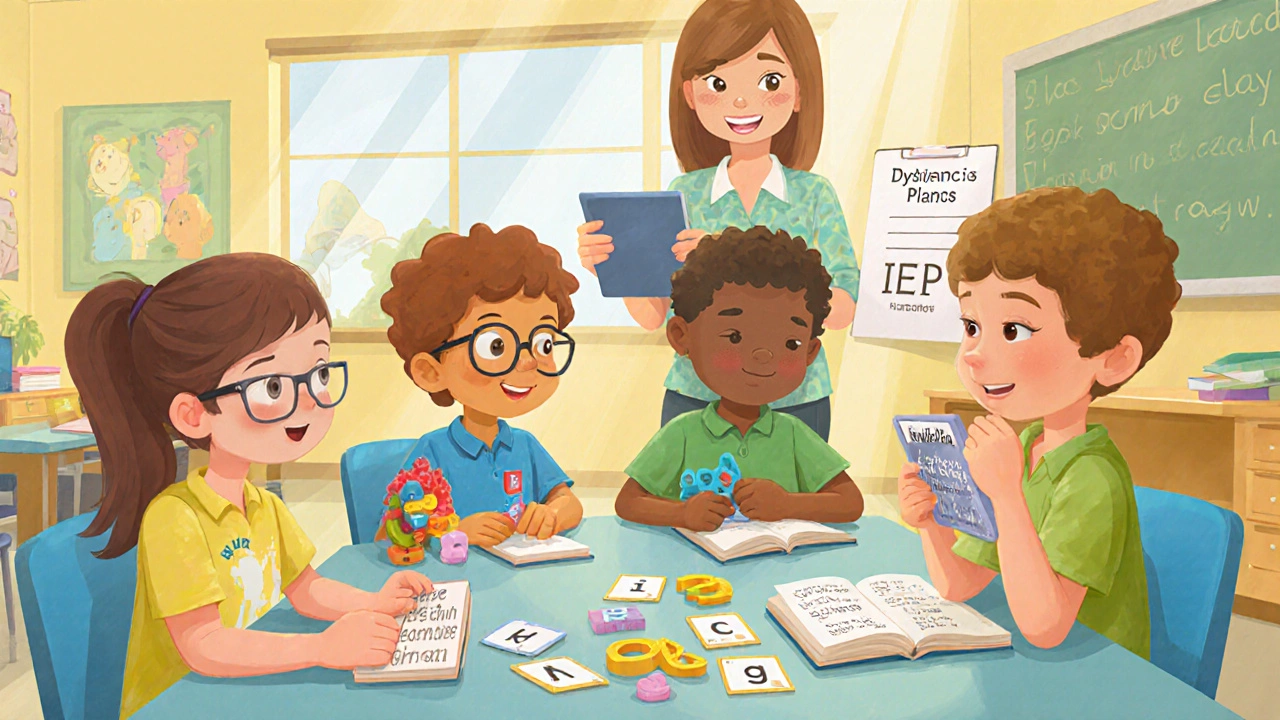Learning Disabilities in Preschool: What to Look For and How to Help
When you drop your little one off at Nottingham Nursery School, you want to know they’re getting the right help. Learning disabilities can show up early, but they’re often easy to miss. The good news? Spotting them early gives you a chance to use simple tools that make a big difference.
Common early signs you shouldn’t ignore
Every child develops at their own pace, but certain patterns raise a flag. Look for:
- Difficulty following simple instructions after a short delay.
- Struggles with basic number or letter recognition.
- Frequent frustration during play that involves rules.
- Problems staying focused for a few minutes, even with favorite toys.
- Speech that lags behind peers or is hard to understand.
If you notice a few of these consistently, it’s worth chatting with the teachers. They can observe the child in a group setting and note any repeat behaviors.
Practical ways to support at home and in the classroom
Support doesn’t have to be complicated. Try these easy steps:
- Break tasks into tiny steps. Instead of “clean up,” say “pick up blocks, then put the books back.” Small chunks are easier to process.
- Use visual cues. Picture cards for daily routines help children know what’s next without relying solely on words.
- Play with pattern games. Simple matching or sequencing games strengthen the brain’s ability to see order, which is key for reading and math.
- Give extra time. Rushing can cause anxiety. Allow a few extra seconds for the child to answer or finish a task.
- Celebrate effort, not just results. Praise the work they put in – it builds confidence and motivation.
Teachers at Nottingham Nursery School use many of these ideas in their daily activities. They also keep a communication log with parents, so you’re always in the loop about progress and next steps.
Remember, a learning disability isn’t a label of failure. It’s a different way the brain works, and with the right support, your child can thrive just like any other learner.
If you’re unsure where to start, ask the nursery for a meeting with the lead teacher and a specialist. Together you can create a short plan that includes observation notes, simple home activities, and regular check‑ins.
Early action, clear communication, and consistent, low‑stress practice are the three pillars that help children with learning disabilities succeed. By staying alert and using these easy strategies, you give your child a stronger foundation for school and beyond.
What Is the Biggest Problem for Students with Learning Disabilities?
The biggest problem for students with learning disabilities isn't their condition-it's a rigid education system that doesn't adapt to how they learn. Stigma, lack of training, and outdated teaching methods create barriers that no amount of effort can overcome.
When Do Learning Disabilities Usually Disappear? Age Guide & What to Expect
Learn when learning disabilities typically improve, key factors that help, and how to support children from preschool through adulthood.
Most Common Special Educational Needs: What Parents and Teachers Should Know
This article breaks down the most common special educational needs in schools. It uses real-life tips and facts to help parents, teachers, and caregivers spot and support children who learn differently. You'll get clear explanations of each need and spot easy signs to look out for. Simple advice will help anyone who wants to make classrooms and homes more inclusive. No jargon—just the stuff that matters.
Understanding Common Learning Disabilities and Their Associated Conditions
Learning disabilities can significantly impact an individual's educational journey. This article highlights three common conditions associated with learning disabilities: dyslexia, ADHD, and dyscalculia. Each condition has unique characteristics and challenges that affect learning and comprehension differently. We will explore interesting facts about these conditions and provide practical tips for educators and parents to support individuals with learning disabilities.



